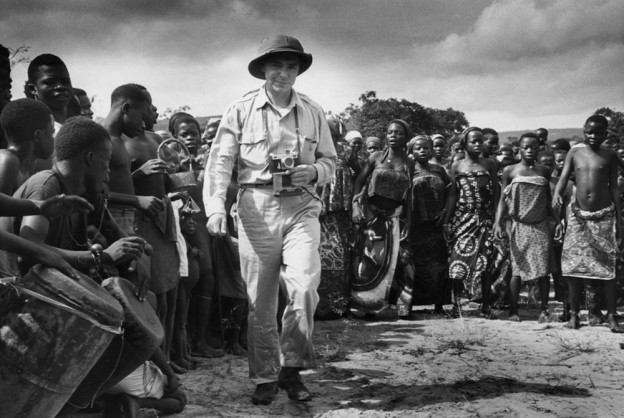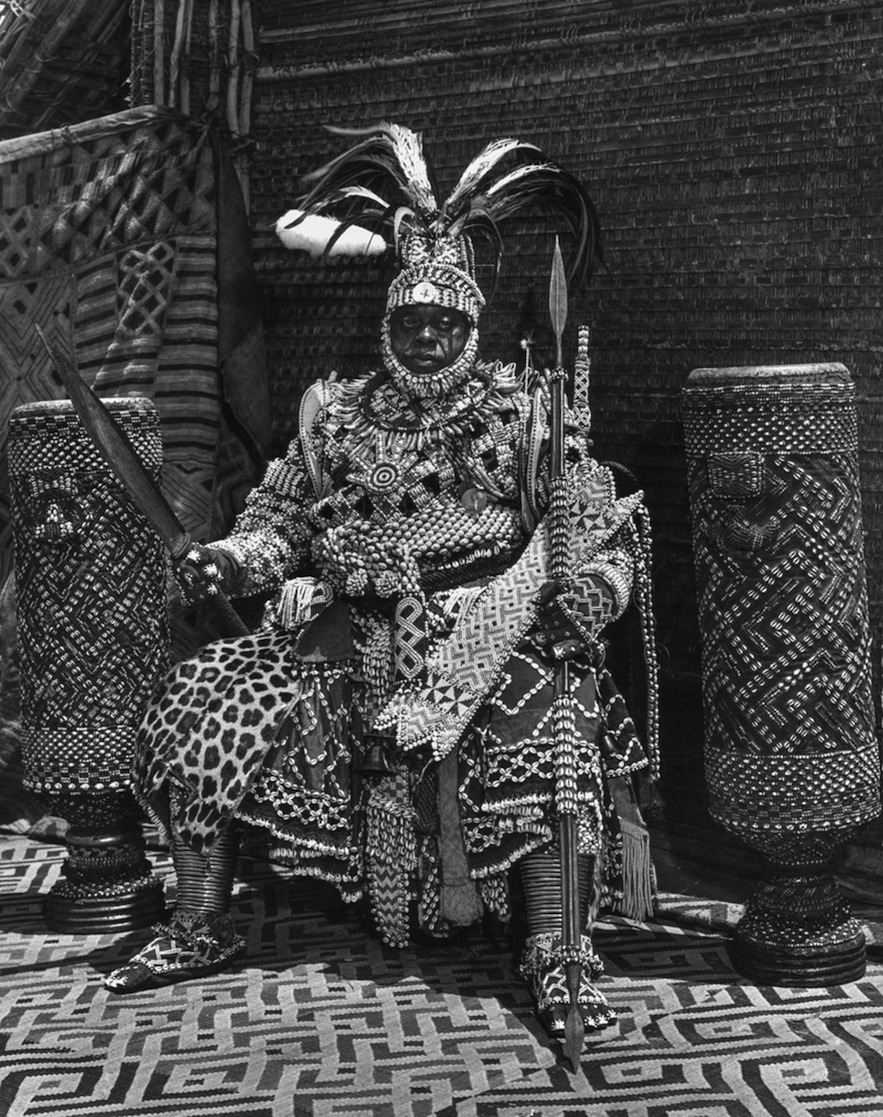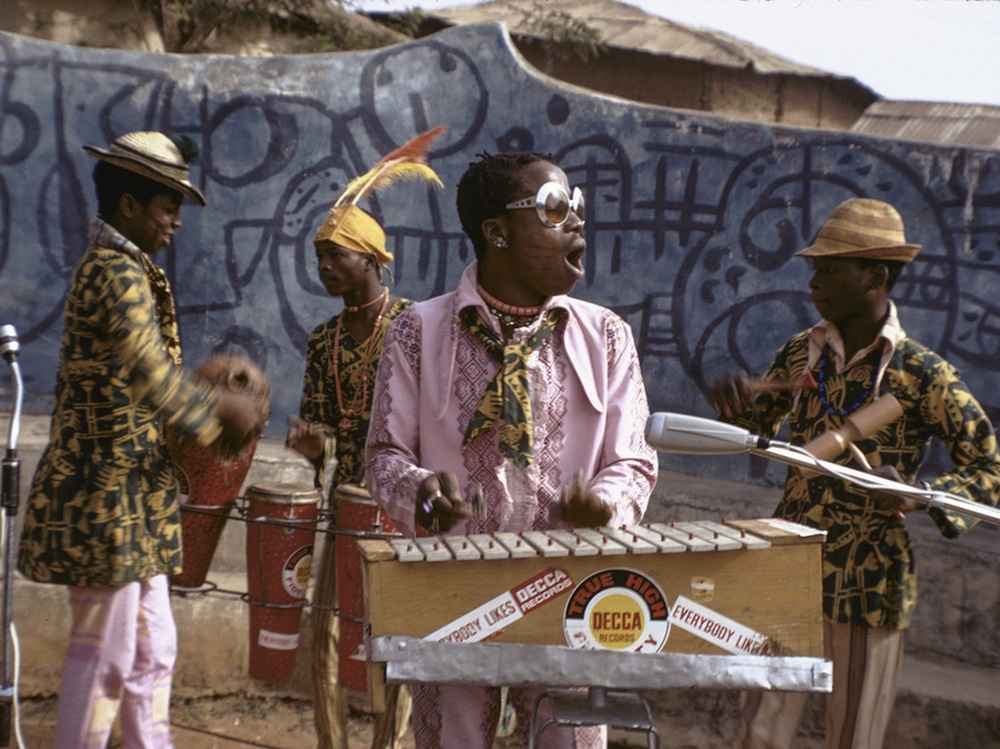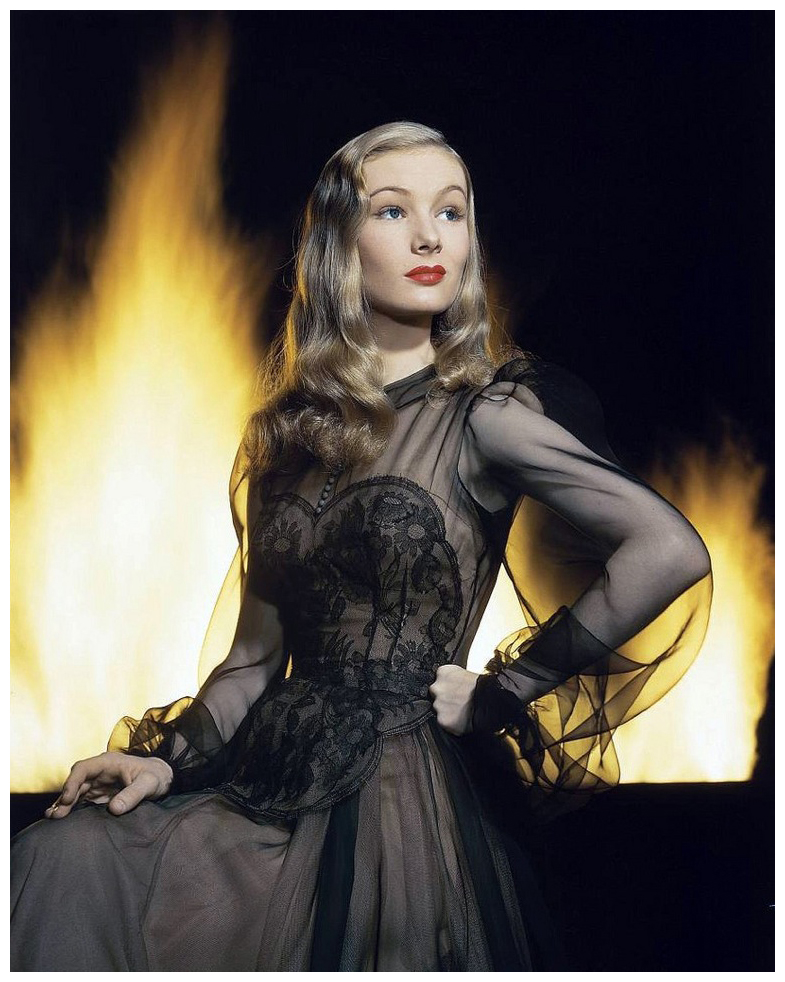Above: Photographer Eliot Elisofon in the Congo, 1951 (Joan Elisofon/National Museum of African Art)
Time’s passage can elevate and it can also erase. Once great men can see their fame grow as the years pass while others who were prominent in their day are practically forgotten. The latter circumstance is the unfortunate case with Eliot Elisofon, arguably a lost titan of 20th century photography. If the name does not ring a bell, you’re not alone. While Elisofon was a staff photographer for LIFE magazine during WWII and after, part of a team of luminaries like Alfred Eisenstadt and Margaret Bourke-White among others, his name is not very well known today. And that is a pity because Elisofon had an important and multifaceted career from the 1930s until his death in 1973.
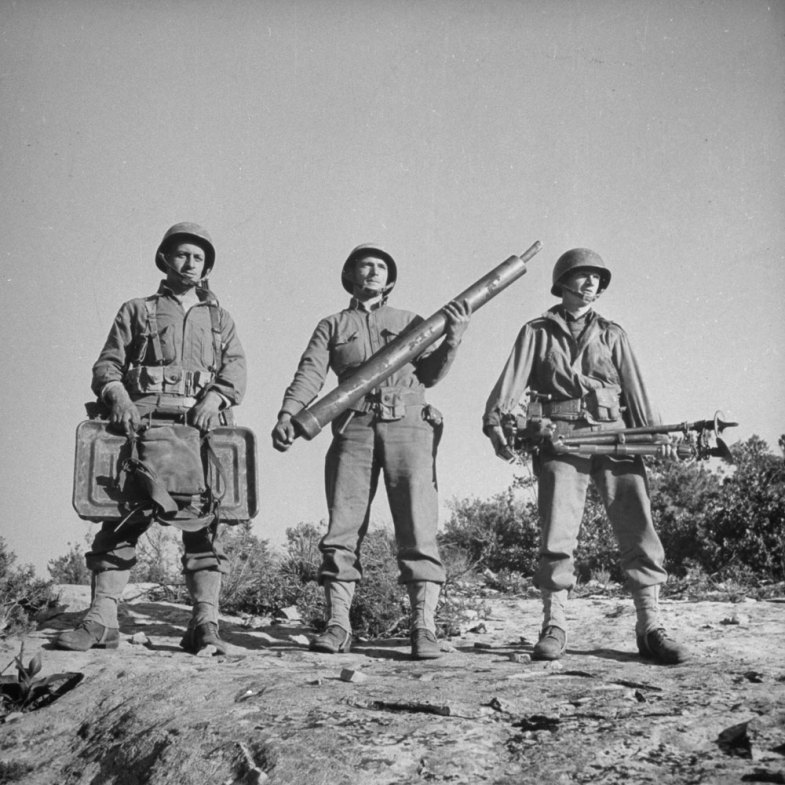
American soldiers in North Africa during the Allied Tunisia Campaign, 1943 (Eliot Elisofon—Time & Life Pictures/Getty Images)
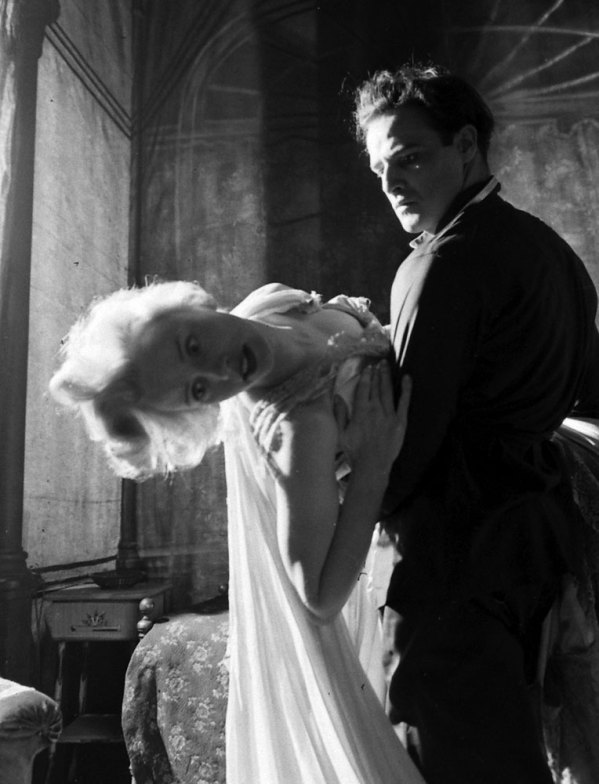
Jessica Tandy & Marlon Brando in A Streetcar Named Desire, 1947 (Eliot Elisofon—Time & Life Pictures/Getty Images)
Born on the Lower East Side of New York City in 1911, Elisofon graduated from Fordham University and promptly became a member of the socially conscious Photo League in 1936. He worked freelance successfully throughout the late 30s and early 40s, including publishing work in LIFE magazine, and taught at the New School. In 1939 he was appointed as the first staff photographer for the Museum of Modern Art and when the war broke out he joined the Army’s Photographic Corps in 1942 and was elevated to LIFE’s full-time staff. He memorably covered Patton’s North African campaign for that essential publication, an experience that set off his lifelong interest in the continent. After the war, he undertook a 5-month assignment in Africa for LIFE and he would continue to return there in the decades to come.
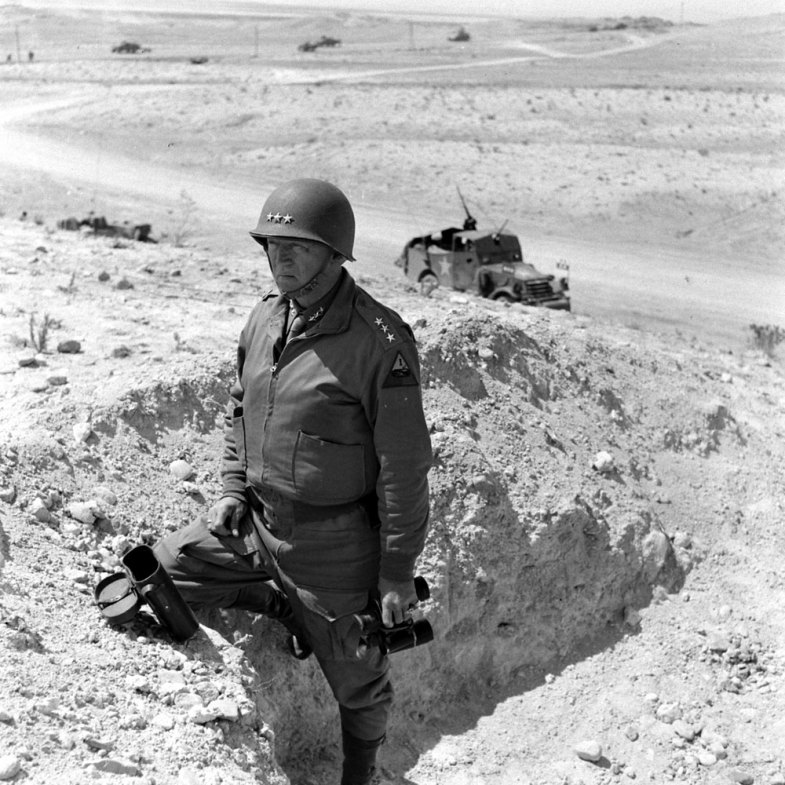
Lt. Gen. General George S. Patton in North Africa (Eliot Elisofon—Time & Life Pictures/Getty Images)
He also worked in Hollywood as a special color consultant where his expertise was highly prized, contributing to such films as John Houston’s Moulin Rouge and the Kim Novak-Jimmy Stewart vehicle, Bell, Book & Candle. Continuing the yin-yang of his life, he was awarded a research grant in primitive art from the Peabody Museum at Harvard University and in 1961 was named a Research Associate at the university. That same year, he accompanied the late Peter Matthiessen and Michael Rockefeller to New Guinea on an expedition. The young Rockefeller scion would later be murdered by Asmat tribesmen on a subsequent art-gathering journey in the same region.
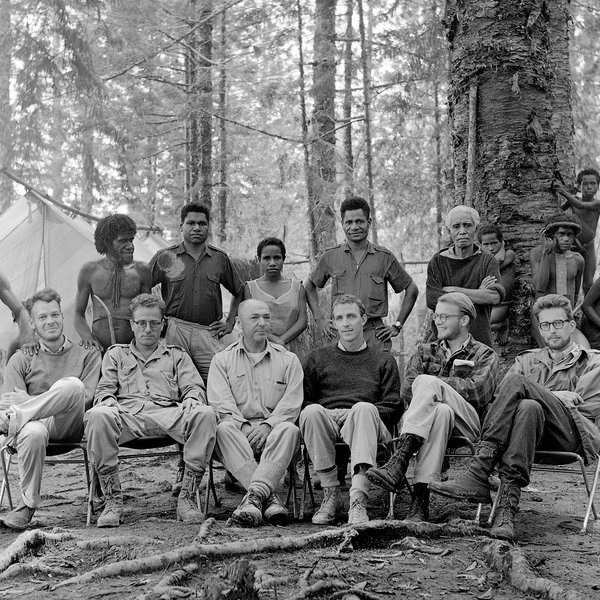
Elisofon in New Guniea seated in the center with Mathiessen and Rockefeller to his left (Eliot Elisofon/Peabody Museum of Archaeology and Ethnology)
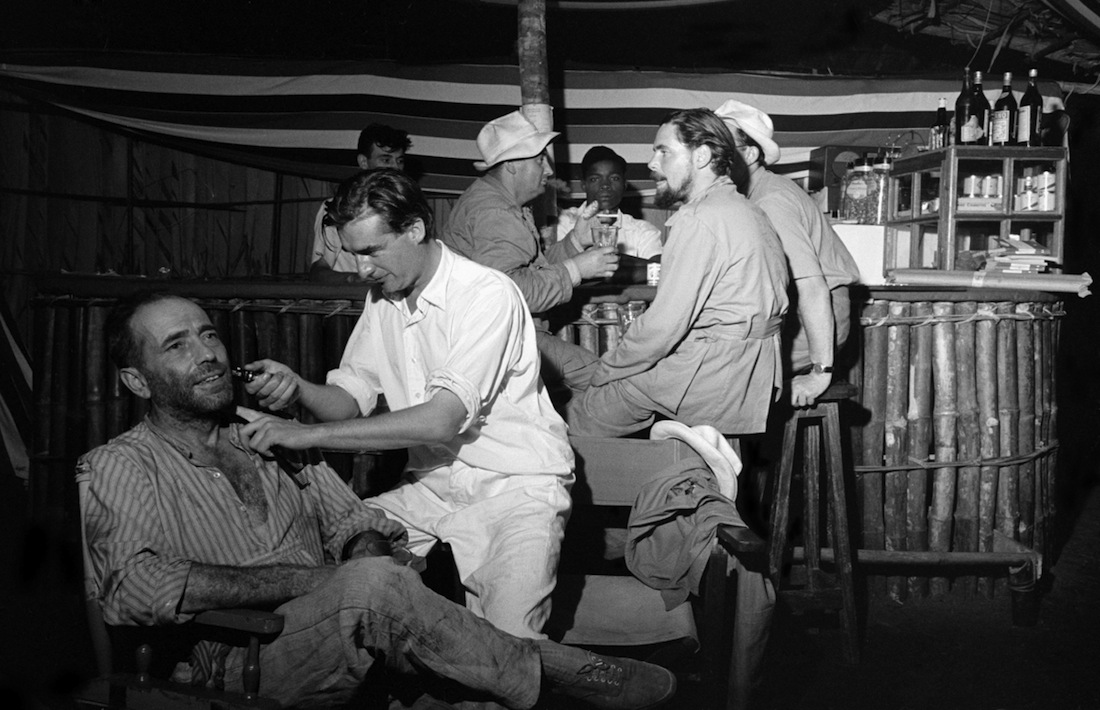
Humphrey Bogart catches a shave on location for The African Queen, 1951 (Eliot Elisofon—Time & Life Pictures/Getty Images)
Elisofon remained as incredibly busy in the last years of his life, directing the introductory scenes in Egypt for the Charlton Heston-Lawrence Olivier Cinerama epic Khartoum in 1966, serving as creative director to an ABC television documentary series on Africa and helping to found the Smithsonian Institute’s National Museum of African Art. He would bequeath his massive collection of prints and slides, as well as artistic and cultural artifacts, to the Museum after his death in 1973 at the age of 61.
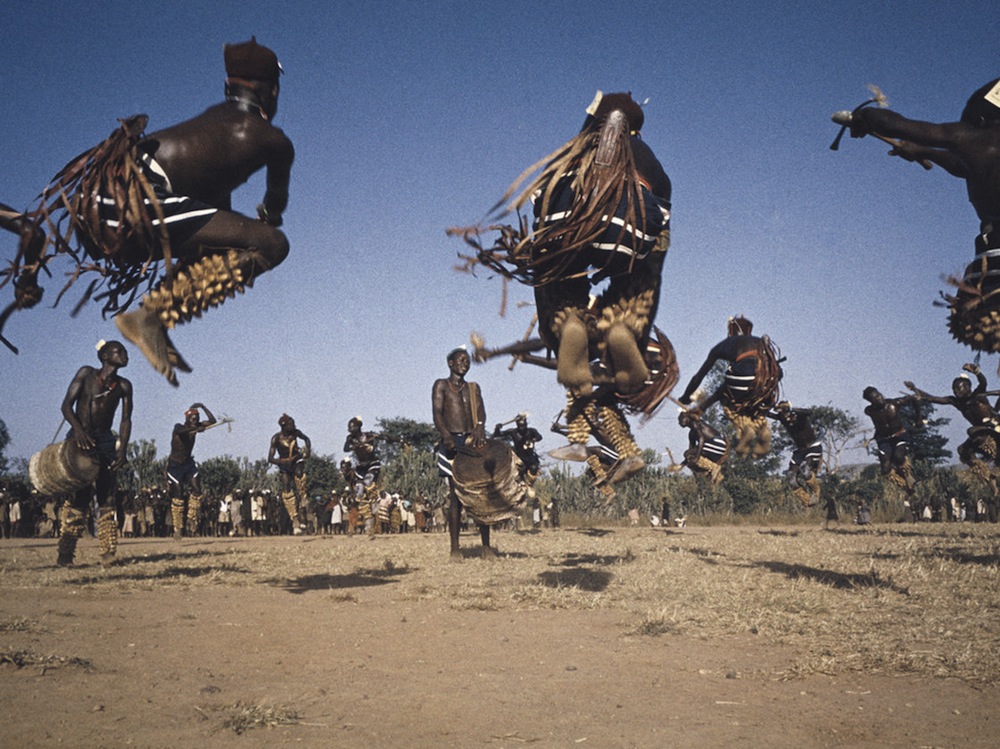
Irigwe dancers in 1959, Miangovillage, Jos Plateau, Nigeria (Eliot Elisofon/National Museum of African Art)
As with so many men who excelled amid the tumult of the mid-20th Century, Eliot Elisofon lived his life as a restless polymath with many interests and expertise in several disciplines. He was a top flight chef, accomplished painter, rubbed shoulders with the stars of his day including a close friendship with burlesque dancer Gypsy Rose Lee, was thrice married and obviously had an unquenchable passion for exploring the most remote corners of the planet despite the risk involved. But it was in documenting his exotic experiences as a true photojournalist that his legacy became such a lasting one, no matter that he is somewhat forgotten outside of aficionado circles today. To look at his images is to see the many faces of civilization: of so-called primitive man and Western man intersecting, of war and celebration, of celebrities and tribesmen. Most of all, Elisofon now serves to chronicle a wild world fast disappearing from existence with a beautiful naturalism and a wonderful eye for vivid details and unforced composition. This is his lasting contribution to our culture and one that hopefully more people will discover. Despite the fact that he is long gone, such men, such artists, do not deserve to be forgotten.
 Cover of LIFE magazine, 1950 (Eliot Elisofon/Time & Life Pictures/Getty Images)
Cover of LIFE magazine, 1950 (Eliot Elisofon/Time & Life Pictures/Getty Images)
For more on Eliot Elisofon and for the sources of these photos and many more, see these links:
“To Help The World To See” An Eliot Elisofon Retrospective, University of Texas
LIFE Archives, ‘Life’ Photographer Showed Africa Through A New Lens by NPR, National Museum of African Art
OnlyOldOPhotography.tumblr.com, Pleasurephoto blog
Vintage Elisofon books can still be purhased via Amazon.com among other outlets.

